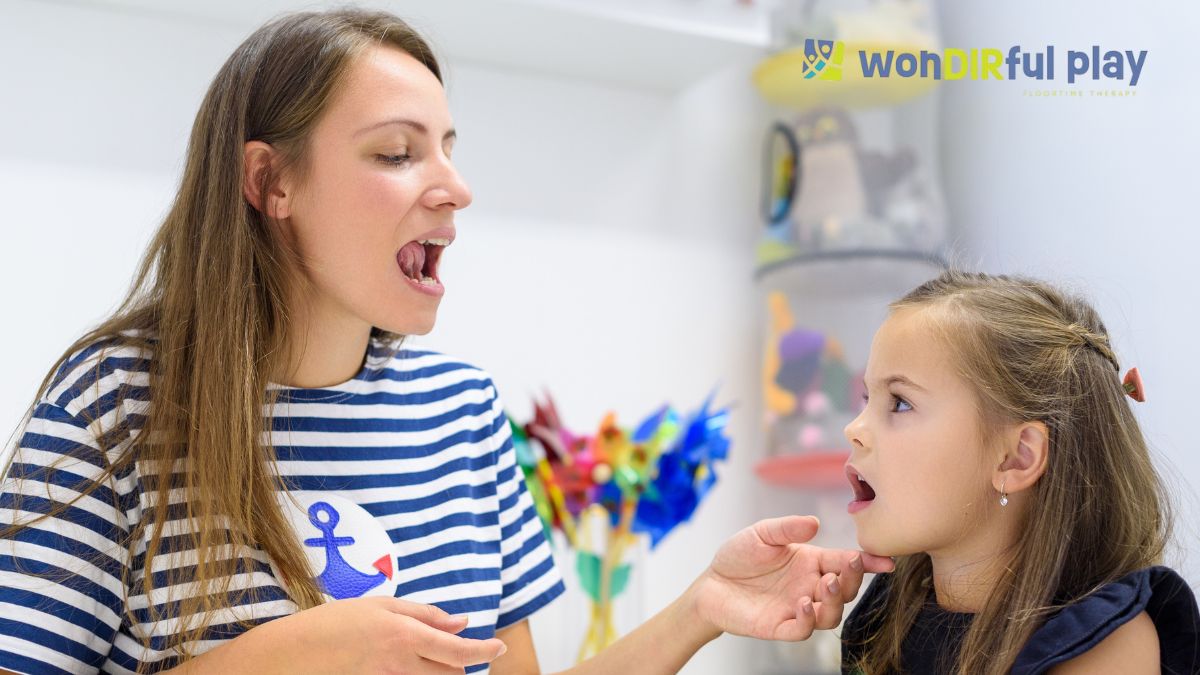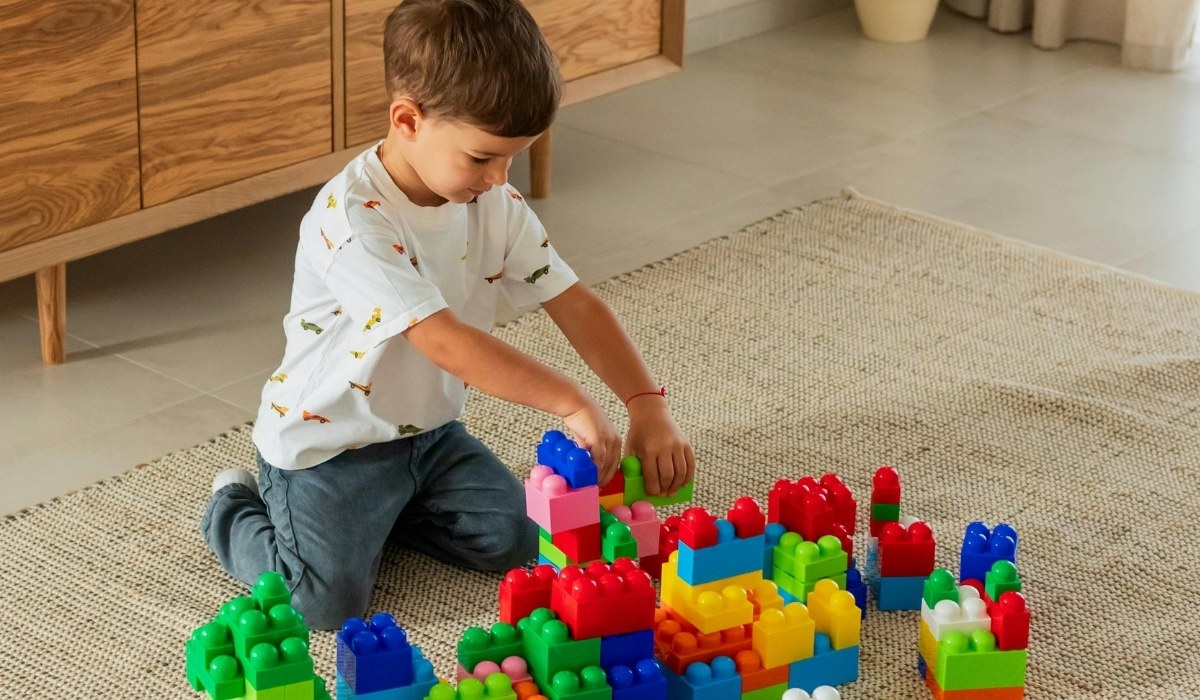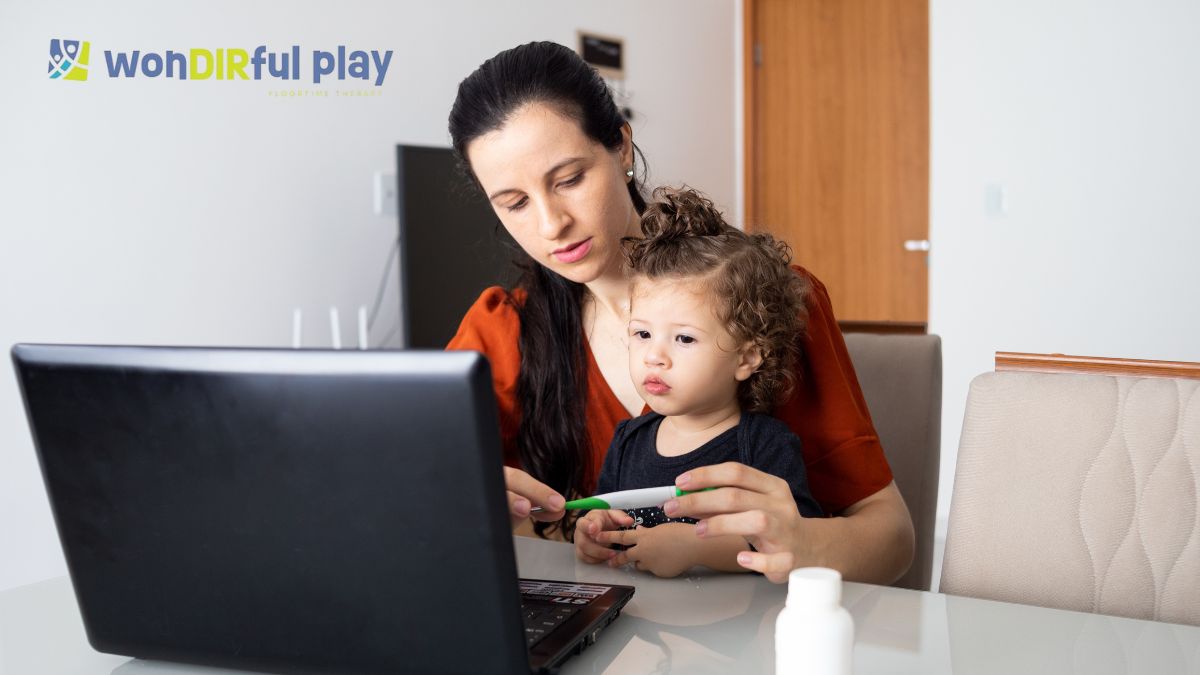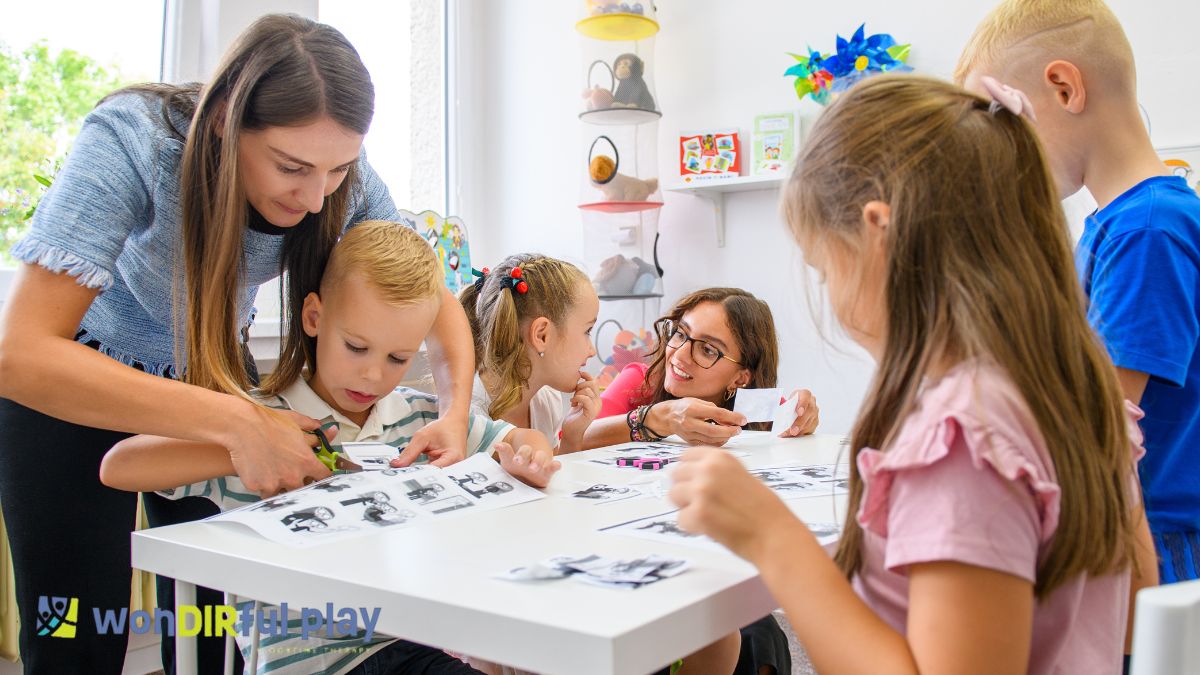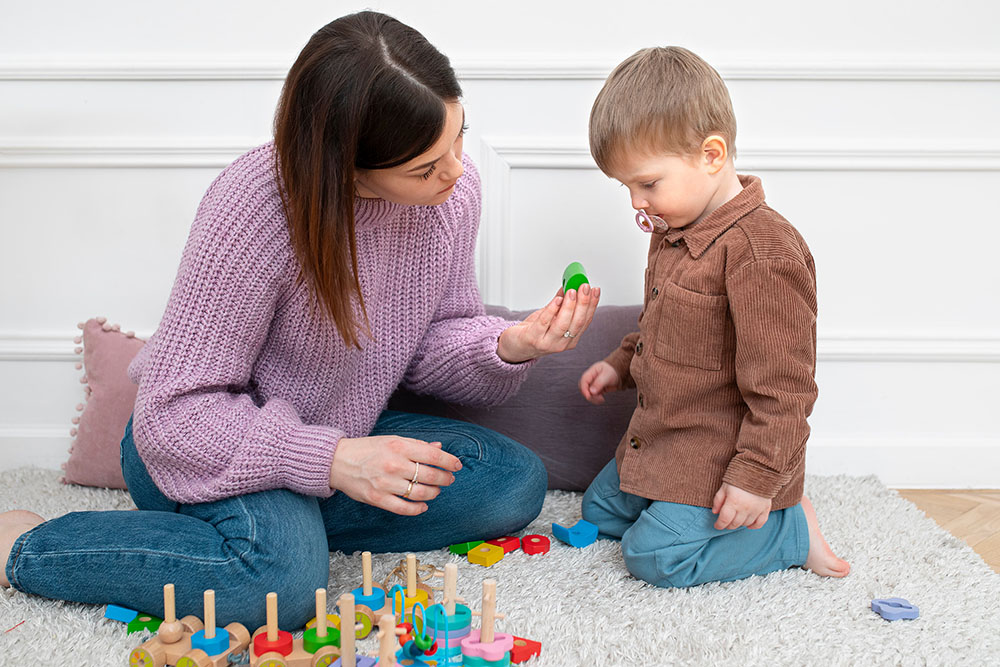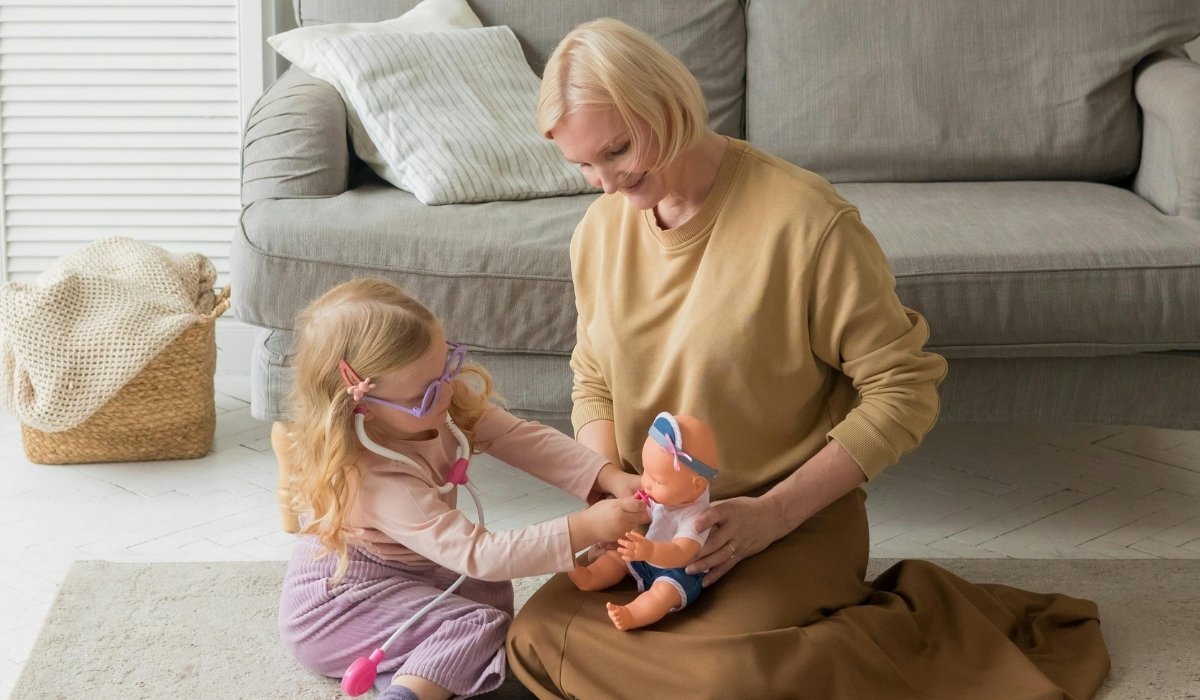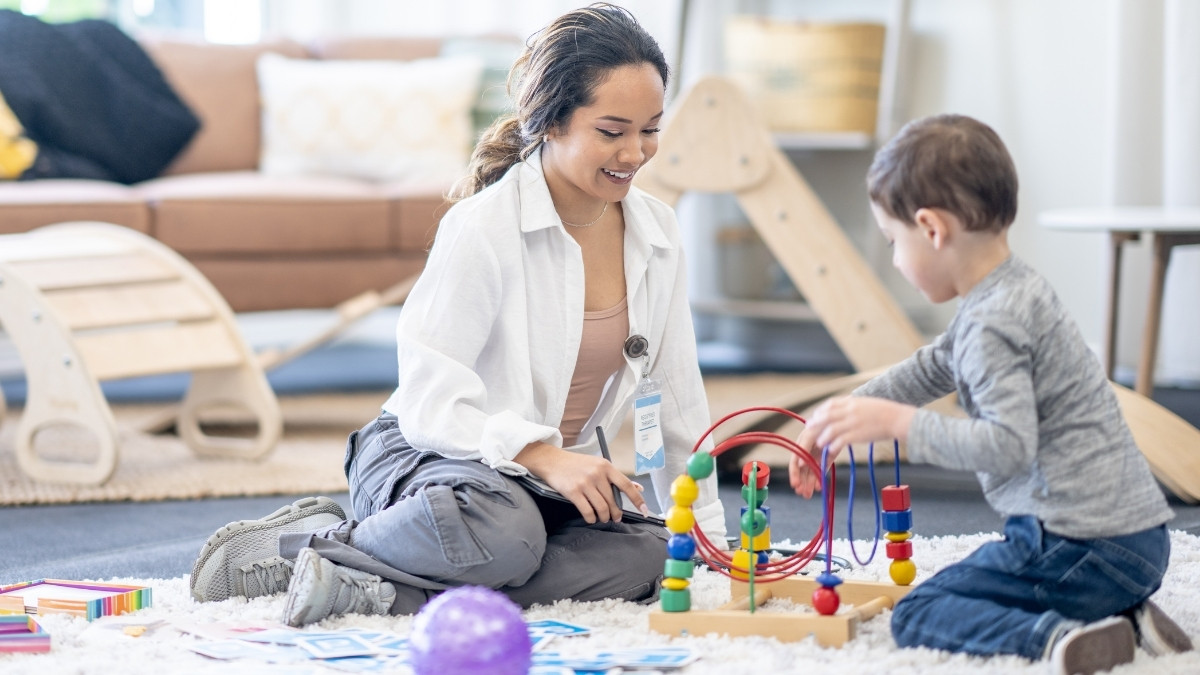How To Evaluate A Floortime Therapy Center: 10 Key Red Flags To Avoid
October 25, 2025
10 critical red flags to avoid when evaluating a Floortime therapy centre; ensure safe, effective and relational care for your child.
-ink.jpeg)
Key points:
- Not all centres offering Floortime are equally qualified, look for training, fidelity and parental involvement.
- If a centre uses Floortime as an add-on rather than a relational core, that’s a worry.
- Transparent goals, measurable progress and family partnership are non-negotiable.
Finding a Floortime therapy center that truly aligns with DIR principles takes more than reading brochures. Some programs claim "Floortime-based" care but miss the relationship-centered heart of the model. The difference shows up in how therapists respond to your child's cues, value parent input, and prioritize emotional connection over rigid goals.
The right center feels safe, joyful, and attuned, not rushed or mechanical. Knowing what red flags to watch for helps families avoid frustration and find a team that understands how to nurture growth at every developmental stage. Below, we’ll walk through ten critical signs that tell you whether a center truly practices DIR Floortime, or just talks about it.
1. Red Flag: No clear explanation of the Floortime model
-ink.jpeg)
A centre that cannot clearly describe the Floortime model beyond vague phrases may be a major concern. Genuine programmes will reference the developmental, individual-difference, relationship-based (DIR) roots of Floortime. For example, research shows that Floortime is designed around following the child’s lead, engaging emotionally first, then gradually scaffolding complex thinking and communication.
If the centre simply says “we do play therapy for autism” without referencing the key principles (child-led, relationship-based, emotional engagement), you should ask what specific training their staff have and how they ensure fidelity to the model.
2. Red Flag: Practitioners lack specialised training or credentials
Not every therapist in a centre may be formally trained in the DIR/Floortime model. The research emphasises that intervention fidelity and trained staff matter. Ask questions such as:
- “Which staff are certified or credentialled in the Floortime model?”
- “Do you follow any standardized training or supervision system?”
- “How do you monitor whether a practitioner is implementing Floortime as intended?”
If the centre cannot answer these or relies solely on generic “child-play” training, that’s a red flag.
3. Red Flag: Heavy focus on drills, worksheets or structured compliance rather than relational play
Floortime is distinct from behaviour-driven models that emphasise compliance, prompts, and rewards. Instead it emphasises following the child's interests, building relational engagement and gradually moving into problem-solving and symbolic thinking.
If you observe that the centre's sessions look like: "therapist gives instructions, child completes worksheets, reward earned", you should question whether they are truly using Floortime or a different model mis-labelled. A quality centre should allow plenty of open-ended play, flexibility, and relational flow.
4. Red Flag: Minimal family involvement or “hands-off” therapy only
Research repeatedly shows that parent engagement in Floortime is a key factor in positive outcomes. For example a study found that children whose parents had higher quality engagement in DIR/Floortime techniques at home showed stronger developmental improvement.
If the centre treats the relationship with your child as something separate from your role, i.e., you just "drop off" and come back later with no training or home-carryover plan, that's a warning sign. A good centre will involve you, coach you in practices at home, and help embed therapy into daily life.
5. Red Flag: No measurable goals or progress tracking
-ink.jpeg)
You should expect the centre to set clear, measurable goals specific to your child, not generic "improve social skills" statements. Moreover the centre should track progress in objective ways (for example, emotional-regulation, joint engagement, meaningful communication) and review with you regularly. The systematic review of Floortime noted that while there is emerging evidence of socio-emotional improvements, “use of valid outcome measures and regular monitoring” was recommended.
If the centre lacks any reporting, or only gives anecdotal feedback (“your child played well today”), ask for specifics and a timeline with milestones.
6. Red Flag: Unrealistic promises or guaranteed outcomes
Therapy centres that guarantee major breakthroughs, “cure autism”, or promise very rapid results are setting unrealistic expectations. The evidence base for Floortime is promising but still emerging; for example the review described the evidence as "emerging from a published research perspective" and advised caution.
A centre that tells you your child will be “typical within 6 months” is not being realistic. Instead expect transparency about variability, factors influencing progress (child’s baseline, family involvement, consistency) and a commitment to long-term partnership.
7. Red Flag: Lack of transparency about therapist-to-child ratio or session structure
Quality therapy centres will be transparent about who is working with your child, how many children are in a group (if group therapy is used), how much one-on-one time is given, how sessions are structured, and how carryover is managed.
If the centre cannot tell you, or their ratio is very high (e.g., many children per therapist), you should raise concerns. Because Floortime emphasises relational interactions and following the child's lead, large group formats or overly structured "station-style" therapy may not align with best practice.
8. Red Flag: Minimal coordination with other professionals or siloed care
Children with developmental differences often benefit from integrated care, speech therapy, occupational therapy, behavioural support, family training and more. While the centre may focus on Floortime, high-quality centres will coordinate with other professionals and share information rather than operate in silo. If the centre resists coordination or says "we handle everything here, no need for others", you should probe.
Research emphasises that in Floortime the emotional/relational growth supports other domains (communication, daily living) but doesn’t automatically replace them.
9. Red Flag: Limited evidence of the centre’s outcomes or no reference to research-based practice
Since Floortime has a growing but still limited evidence base, a responsible centre will refer to published research, explain limitations, and show how they apply best practices. If the centre avoids any discussion of evidence, suggests that the model is “brand new and proprietary”, or claims to have “secret methods”, that is concerning.
You might ask: “Can you show how your approach aligns with research such as systematic reviews, or how you monitor fidelity?” If you receive vague or evasive answers, treat that as a red flag.
10. Red Flag: Poor communication, unclear policies or hidden costs
-ink.jpeg)
Even the best therapy program is undermined if communication is lacking. Look out for:
- No clear written contract showing cost, frequency, duration, termination policy.
- Little or no follow-up meetings with you as a parent.
- Therapy sessions where you feel excluded or uninformed.
- Hidden additional fees for parent training or materials that weren't disclosed.
A centre that treats parents as passive recipients rather than partners is unlikely to deliver relational-based therapy at its best.
FAQ
What if the centre uses Floortime but also heavy behavioural methods?
It is acceptable for a centre to incorporate other methods, but if Floortime is only a minor component and the approach is mostly behavioural, you should ask how and why they blend methods and whether they can explain the rationale clearly.
How long will it take to see progress with Floortime?
Progress varies widely depending on the child’s baseline, severity, family involvement and consistency. Research shows socio-emotional improvements can appear, but the model emphasises ongoing development rather than quick fixes.
Can I implement Floortime at home myself without a centre?
Yes, research emphasises that parental engagement improves outcomes. However, a qualified centre can provide guidance, structure, supervision and carryover to daily life, so using a centre plus home implementation often works best.
Choose A Floortime Center That Builds True Connection
When you visit a Floortime center, the energy should feel calm, respectful, and engaging, not transactional. WonDIRfulPlay invites parents to see what authentic DIR looks like in action, where play becomes purposeful and progress feels natural.
Our therapists model connection-first strategies and equip parents with simple tools to carry progress home. Book a visit to experience how an attuned environment transforms therapy from sessions into lifelong social growth.
Recent articles




-ink.jpeg)
-ink.jpeg)
-ink.jpeg)
-ink.jpeg)
-ink.jpeg)
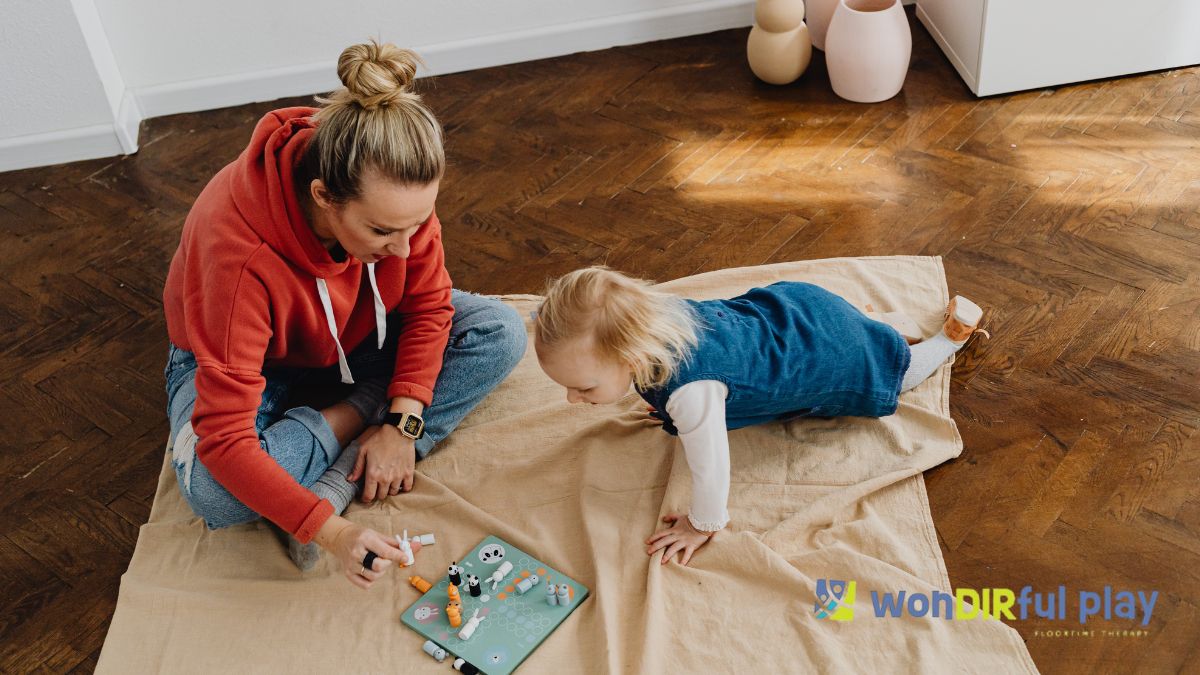

-ink.jpg)
-ink.jpeg)
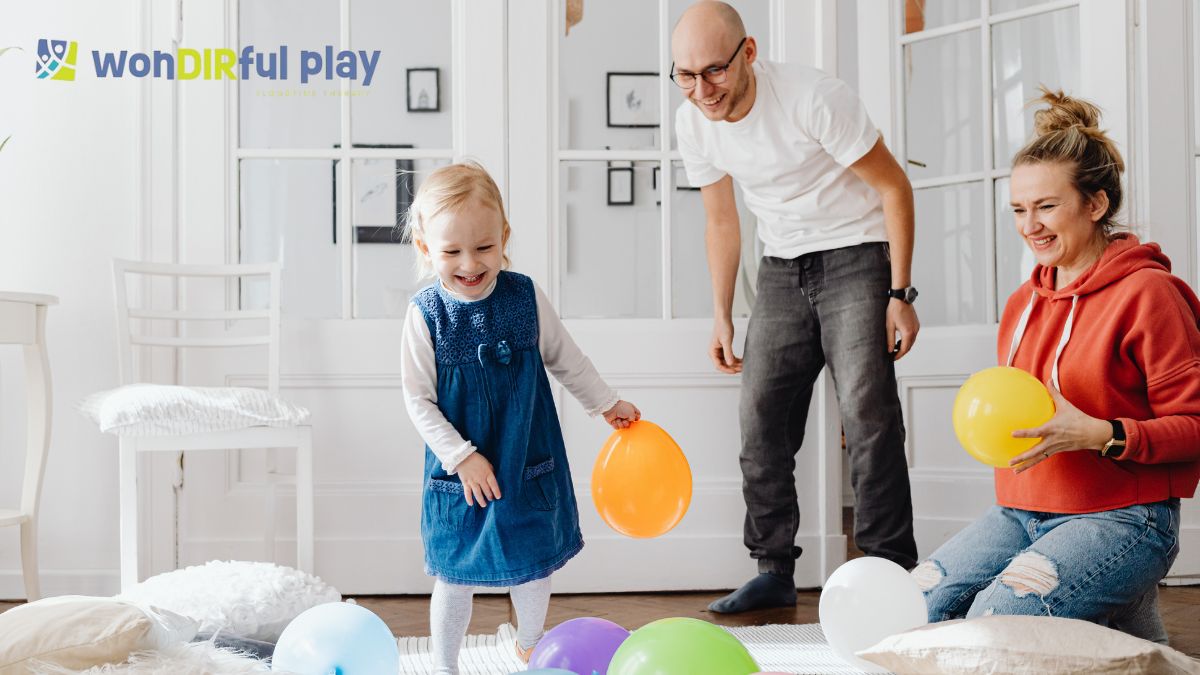
-ink.jpeg)
-ink.jpeg)

